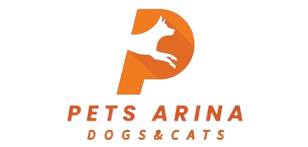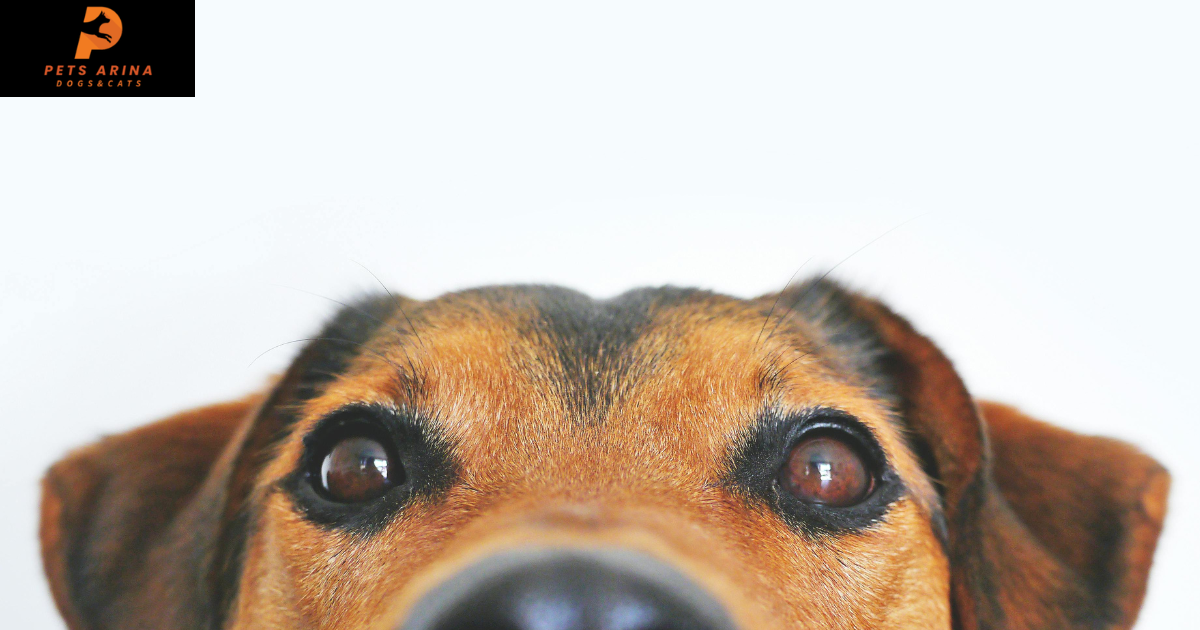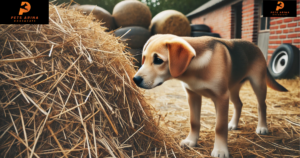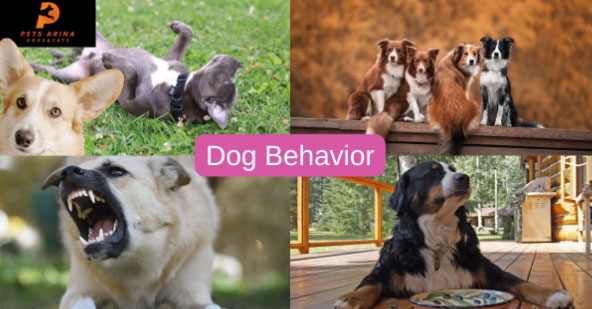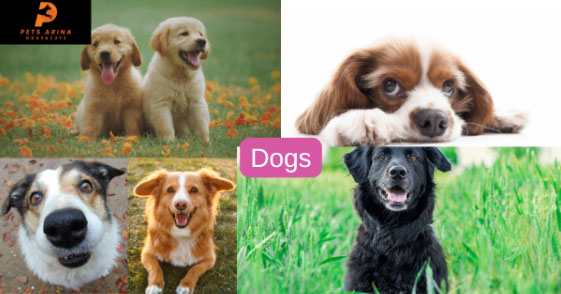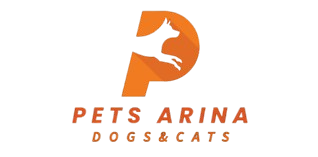As a dog owner, have you ever witnessed the following signs in your dog: scooting on the carpet or licking his bottom a lot? Then this is a sign of Anal Gland Problems in Dogs. So we will explore in-depth How to tell if Dogs anal glands are full.”This issue may occur in any species of dogs, like White crusty dogs, Ecuadorian bulldogs, Creepy borzoi dogs, etc., and not specific to any species. We will also learn about anal glands, signs of anal glands diseases, gland expression, and when there is a need to take your dog to the vet for anal gland issues.
Also, read how to throw off a drug dog scent.
What are Anal Glands?
Anal glands are two tiny sacs, each about the size of a pea, present on the right and left side of the dog’s anus. Each gland connects to a small tube-like structure that secretes a foul-smelling liquid. Under normal conditions, when stool passes through the anus, the pressure applies to the glands and expresses the fluid.
The anal glands are present in both male and female dogs as well as in cats and other animals too.
Function
The anal sacs function in dogs is to provide a unique scent that helps dogs to identify each other. These scents act as a form of communication between dogs. Moreover, during the defecation process, these glands can be expressed naturally.
However, if they need to be removed for any medical reason, it will not affect your dog’s health, and they can live without them.
Signs of Dog Anal Glands Problems
- Scooting
- Frequently licking the hind end
- Straining the poop
- Show discomfort when pooping
- Not wanting to sit
- A fishy odour from the fluid
- Lethargic
- Swelling or redness in the anal area
How to tell if a Dog’s Anal Glands are full?
In most cases, the dog expresses its fluid involuntarily; however, it may change if the texture of the stool changes. Their anal glands may not be further expressed on their own. In this condition, the liquid in the glands will be thickened, and thus, it becomes harder to express it. If these conditions happen, the gland will be prone to irritation, inflammation, impaction, and infection.
If you observe such issues with their anal glands, it is advisable to have their glands expressed every 3-4 weeks to prevent this issue. Your veterinarian or even some dog caretaker will express the anal glands of the dog.
Also, read what a skinwalker dog is.
How to perform dog anal Gland expression?
Suppose your vet recommends expressing the anal gland of a pup routinely. In that case, they also advise you to perform this task at home if you don’t hesitate to do it, but if you observe any blood or pus around a dog’s anus, don’t even dare to express their anal glands at home and take the veterinarian appointment on immediate basis.
For expressing anal glands at home, you need to have the following things at home
- Latex gloves
- Petroleum or a water-based lubricant
- Another person to help hold your dog
These are steps to perform during dog anal gland expression.
- Place the dog on the table counter in front of you, and let another person hold it by placing one arm underneath and around its neck.
- Put a pair of latex or similar gloves and lubricant your index finger with petroleum jelly.
- Carefully insert your index finger into the rectum approximately 1 inch.
- Put a paper towel between the dog’s anus and your hand and press the gland fluid outward by applying pressure and squeezing it towards you.
- Clean the anal area properly and repeat the same procedure for the other gland.
Factors that increase the chances of Dog anal glands issues
- Chronic skin condition
- Obesity
- Inadequate dietary fibre
- Soft stool, diarrhoea or constipation
- Parasites
- Food or environmental allergies
- Genetic (more common in small breeds)
Treatment of Anal Sac Disease
In most cases, anal sac disease in dogs can be treated by expressing the gland manually and local treatment with antibiotics and steroids ointments, but in some cases, oral antibiotics such as clindamycin and anti-inflammatory pain medication such as carprofen are recommended. However, In severe cases, surgical intervention might be needed.
Does Anal sac impaction: Common in all Dogs or Specific Breeds?
Almost every type of dog gets affected by anal sac impaction. However, some specific breeds are more at risk. These include Chihuahua,Shih Tzu, Cocker Spaniel, Bichon Frise, Pekingese, etc. The anal sac impaction risk is higher in old age dogs, and almost 4% of dogs are affected by it.
Conclusion
In short, if a dog’s nutritional needs are met with high-quality food, maintaining a healthy weight, and doing plenty of exercises, your dog should not need to have their anal glands expressed.
